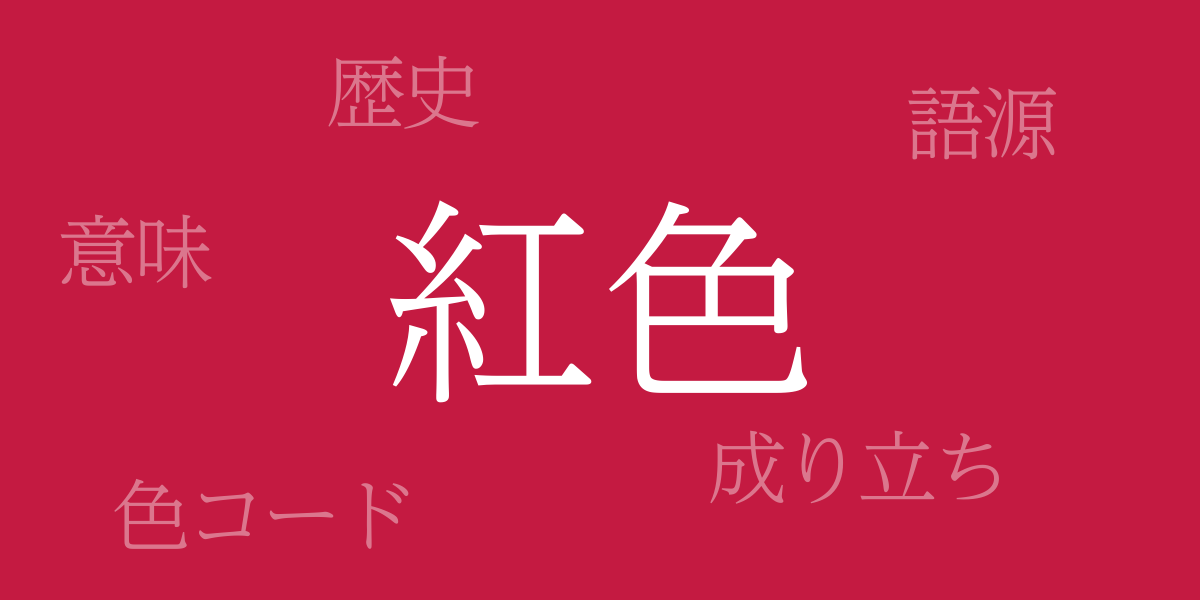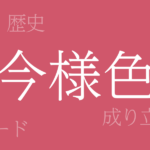Color reflects culture, and “紅色 (べにいろ)” is one of Japan’s most vivid examples. This deep, emotional color has deep roots in Japan’s history, art, and fashion, captivating people even today. This article delves into the meaning of Beniiro, its history, and the beauty and power of its hues.
About 紅色 (べにいろ)
紅色 (べにいろ) is considered one of the most passionate and powerful traditional Japanese colors. Often symbolizing love, beauty, courage, and vitality, Beniiro appears naturally in autumn leaves and the plum blossoms of spring, playing a vital role in Japanese life.
History of 紅色
During the Heian period, Beniiro was a significant color in noble garb and culture, symbolizing high status and frequently used in court culture. In traditional arts like Noh and Kabuki, Beniiro has been used in costumes and props, serving as a crucial means to express the emotional depth of stories.
Color Codes for 紅色
To accurately reproduce Beniiro in digital or print form, knowing the specific color codes is essential.
- HEX: #C41A41
- RGB: R:196 G:26 B:65
- CMYK: C:10 M:100 Y:53 K:10
Western Name for 紅色
The Western name for Beniiro is “Crimson.” Known for its deep red hue reminiscent of blood, Crimson symbolizes passion and fervor in the West.
Summary of 紅色
Beniiro is an integral part of Japan’s rich cultural heritage, loved for its deep tones. Used in various forms throughout history, this color continues to play a significant role in the worlds of art, design, and fashion today. Beniiro represents the fusion of Japanese tradition and modernity, symbolizing beauty in its purest form.

























